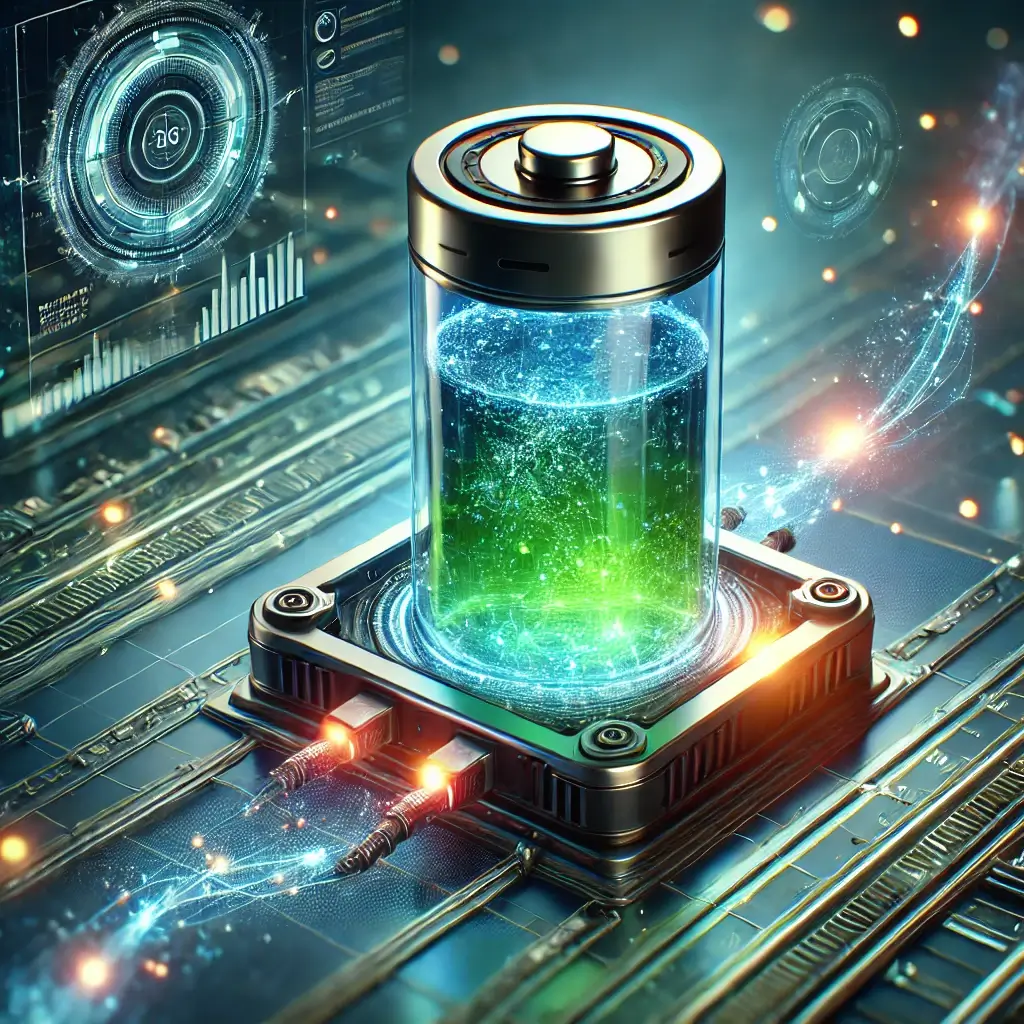Lithium-metal batteries (LMBs) hold immense promise as the next-generation energy storage technology, offering significantly higher energy densities compared to conventional lithium-ion batteries. This potential stems from the use of lithium metal as the anode material, which boasts a theoretical capacity ten times greater than that of graphite, the typical anode material in lithium-ion batteries. The allure of LMBs lies in their ability to power electric vehicles with extended ranges, enable more efficient grid-scale energy storage, and enhance the performance of portable electronic devices. However, the path to widespread adoption of LMBs is paved with challenges, most notably those related to electrolyte stability and lithium dendrite formation. Overcoming these hurdles requires innovative electrolyte solutions.
The electrolyte plays a crucial role in the functionality of a lithium battery. It acts as the medium for lithium ions to shuttle between the anode and cathode during charging and discharging. Traditional electrolytes used in lithium-ion batteries often prove inadequate for LMBs due to their incompatibility with the highly reactive lithium metal anode. This incompatibility leads to several problems, including electrolyte decomposition, poor ionic conductivity, and the formation of lithium dendrites.
Lithium dendrites are metallic, needle-like structures that grow from the lithium metal anode during charging. These dendrites can penetrate the separator between the anode and cathode, causing short circuits and potentially leading to battery failure or even thermal runaway (fires or explosions). The formation of dendrites is a major safety concern and a significant obstacle to the commercialization of LMBs.
To address these challenges, researchers are exploring various innovative electrolyte designs. These innovations aim to improve electrolyte stability, enhance ionic conductivity, and suppress dendrite formation. Some promising approaches include:
- High-Concentration Electrolytes: These electrolytes contain a high concentration of lithium salts, which promotes the formation of a stable solid electrolyte interphase (SEI) layer on the lithium metal surface. The SEI is a protective layer that prevents further electrolyte decomposition and inhibits dendrite growth.
- Solid-State Electrolytes (SSEs): SSEs are solid materials that conduct lithium ions. They offer several advantages over liquid electrolytes, including improved safety (non-flammable), higher electrochemical stability, and the potential to block dendrite penetration. Different types of SSEs are being explored, including polymers, ceramics, and composites.
- Novel Additives: Adding specific chemical compounds to conventional electrolytes can improve their performance. For example, some additives can promote the formation of a more stable SEI layer, while others can enhance ionic conductivity or reduce electrolyte flammability. Examples of additives include vinylene carbonate (VC), fluoroethylene carbonate (FEC).
- Redox-Active Electrolytes: These electrolytes contain redox-active species that can mediate lithium deposition, leading to more uniform and dendrite-free lithium plating.
- Ionic Liquids: These are salts that are liquid at room temperature. They offer high ionic conductivity, wide electrochemical windows, and good thermal stability, making them attractive candidates for LMB electrolytes.
- AI-Driven Electrolyte Discovery: The use of Artificial Intelligence (AI) and Machine Learning (ML) algorithms is emerging as a powerful tool in accelerating the discovery of new electrolyte materials. AI/ML can analyze complex data and predict the properties of novel electrolyte compositions, significantly speeding up the development process.
Recent research has focused on developing liquid electrolytes comprising lithium difluoro(oxalate)borate (LiDFOB) dissolving in an organic carbonate solvent. These electrolytes enable reversible lithium plating of anode-free lithium metal batteries and ensure good thermal stability with smooth lithium plating of the counter electrode on the anodic side, even at elevated temperatures.
One approach involves in situ solidification solutions, which transform the liquid electrolyte into a solid electrolyte within the battery, facilitating excellent interfacial contact between the electrolyte and electrode material while ensuring compatibility with existing battery manufacturing processes.
The development of novel electrolyte solutions is crucial for unlocking the full potential of lithium-metal batteries. Overcoming the challenges associated with electrolyte instability and dendrite formation will pave the way for safer, more powerful, and longer-lasting batteries that can revolutionize various applications, from electric vehicles to grid-scale energy storage. Continued innovation in electrolyte technology is essential for realizing a future powered by high-performance lithium-metal batteries.

















